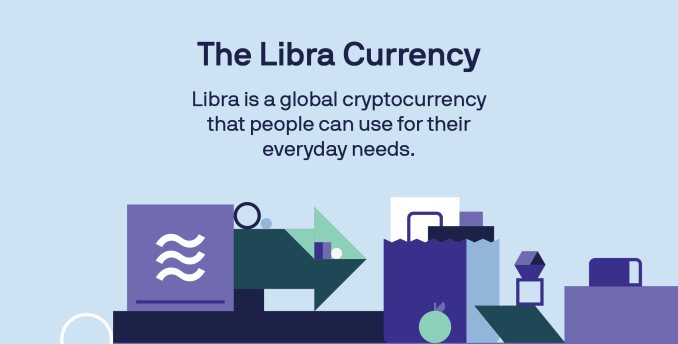Cherry Ventures, the Berlin-based investor that backs European companies predominantly at seed-stage, has raised a third fund.
The new “Cherry Ventures III” has closed at €175 million and will continue to be focused on seed, although the firm has historically invested at pre-seed and Series A, too. It will remain fairly industry agnostic, backing promising founders and startups both in B2C and B2B.
Existing investments span numerous sectors and include marketplaces (Auto1), mobility (Flixbus), travel (TourRadar), farming and the food chain (Infarm) and logistics (Freighthub), to name just a few. “We are a generalistic [sic] fund and invest across different industry verticals and business models,” explains Cherry Ventures co-founder Filip Dames.
To that end, Cherry says it will begin writing cheques out the new fund this month, ranging in size between €300,000 and €5 million, although it wants to remain “quite flexible” on that front. The firm is also steadfastly backing Europe, where it continues to see “exciting” opportunities.
Below follows an email Q&A with Cherry co-founders founders Filip Dames and Christian Meermann where we discuss the new fund’s remit, why Cherry remains bullish on Europe, what “founder-centric” venture capital looks like, and of course Brexit!
TC: Cherry invests at pre-seed and seed stage (and occasionally Series A) across Europe. Can you be more specific regarding the size of cheque you write and the types of companies, technologies, business models or sectors you are focussing on?
CM: Sure, first of all, seed is our core stage and what we love to invest in. Most of our deals in the last fund were at seed, including pre-seed deals where we backed successful serial entrepreneurs even before the start of their next venture. Cheque sizes vary between €300,000 and €5 million, we are quite flexible there.
FD: In terms of investment focus, we are a generalistic fund and invest across different industry verticals and business models. Six years ago we started with a strong B2C focus with our portfolio companies like Auto1, Flixbus, and TourRadar, but quickly broadened this focus towards B2B with companies like Infarm and Freighthub.
TC: I note that over half of your portfolio companies are based outside of Germany. Was that deliberate and can you share a bit more on how you view the strengths and weaknesses of Germany’s tech hubs vs other tech ecosystems across Europe?
CM: At Cherry we believe that good companies can come from anywhere and this is why we look broader than only Germany and invest across all European ecosystems. Germany has had a very strong last decade in venture with funding peaking at 4.4bn € last year, and it is well positioned to bring this to the next level in the coming years. Berlin, as Germany’s major tech hub has built up a very strong and international talent base. More and more serial entrepreneurs and operators are helping the ecosystem thrive and setting the right foundations for the future.
TC: Is Brexit good or bad for European tech or arguably just bad for the U.K.? Perhaps you can provide your perspective on Brexit as an early-stage VC firm based in Europe but outside of the United Kingdom.
FD: Brexit was one of the most stupid decisions in the last decade and goes against the core of what we believe in: a strong Europe positioned to build the global market leaders of tomorrow. Brexit will harm Europe’s reputation and financial and economic stability. But London and the UK will remain a thriving ecosystem for European technology. So far we have not seen a strong push from UK-based entrepreneurs or companies moving to other European tech hubs because of Brexit. Berlin should have a strong position going forward in attracting any talent leaving the UK as it offers a very attractive environment with a strong international talent pool, low infrastructural costs of running a company, and still fairly moderate salary levels compared to other European capitals.
TC: You say that Cherry wants to “build the most founder-centric early-stage fund in Europe”. Given that in the current climate of arguably an abundance of funding almost every VC is claiming to be “founder-centric,” can you provide some tangible examples of how Cherry is more so or better in this regard?
CM: Everyone on the investment team has been an entrepreneur or operator, so the idea of “Founders First” really runs through our DNA here at Cherry. We see ourselves as a true sparring partner for our portfolio companies, providing advice to build solid foundations and navigate their route to scale. We have also built up internal resources that help founders engage with all other portfolio companies and our team to exchange learnings and know-how, share strong candidates in hiring, etc. Additionally, we support them in recruiting and firm building with our HR team that has already hired CFOs, COOs, and Heads of Sales for various portfolio companies that highly appreciate this support.
TC: You also write that Cherry remains long on Europe as one of the most exciting places in the world to build and invest in companies. Given the myriad issues facing Europe, macro economically and politically, where is that excitement coming from?
FD: There are definitely various macro-economic challenges Europe is facing, but I can think of at least the same amount and magnitude for the US and China. So comparatively, it’s not that bad. ;-)
However, our excitement for European venture does not come only from macro-economic factors, more from the maturity of the European tech ecosystem that is bringing up more and more successful and promising founders with the ambition to build global market leaders. The recent influx of international capital in growth rounds underlines this very clearly.
TC: Is European regulation a strength or a weakness for European tech?
CM: Overall regulation is rather a weakness for European tech and many processes on the way to building a successful company are still way too bureaucratic and slow. However, I would not let this count as an excuse why our European tech scene is still lagging behind. Moreover, European governments should debate more about how to incentivise investments into tech and introduce schemes to mobilise capital from pension funds and corporates to be channeled into venture. This is one of the key funding sources in the US and clearly way behind here in Europe.
TC: Lastly, you’ve invested in quite a number of genuinely interesting companies that are making big bets on how the world is changing or how different things could be. One of those that I covered super early is Infarm, which is literally putting mini farms into grocery stores and appears to be doing well. Which are the founders or startups you’ve invested in to date that have surprised you the most so far?
FD: The surprising thing about great founders is that they often explore totally new territories that nobody ever thought about at seed stage. Infarm wants to change how food is produced in a hugely growing urban population, AMBOSS and Medwing are working on improving medical care by providing knowledge and decision support to doctors around the world. The impact of companies like this can be huge. What makes us so excited about this job is to see founders grow in terms of their vision with every milestone they reach on their journey.






